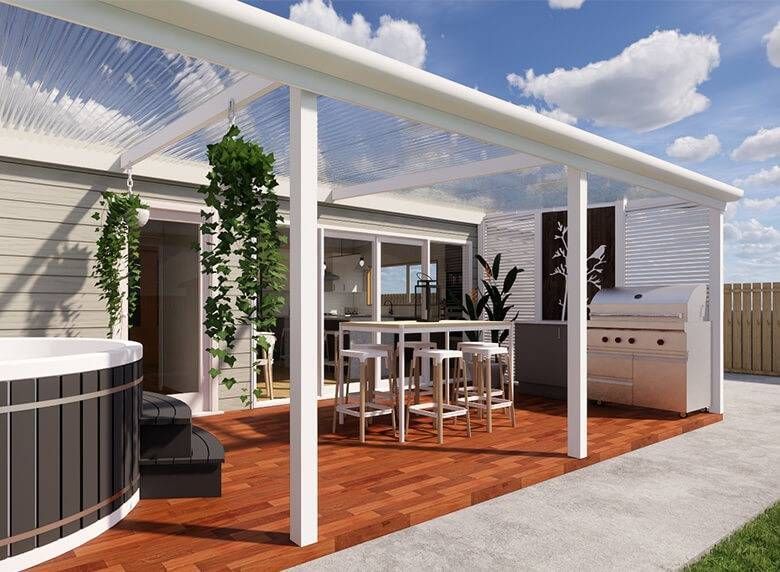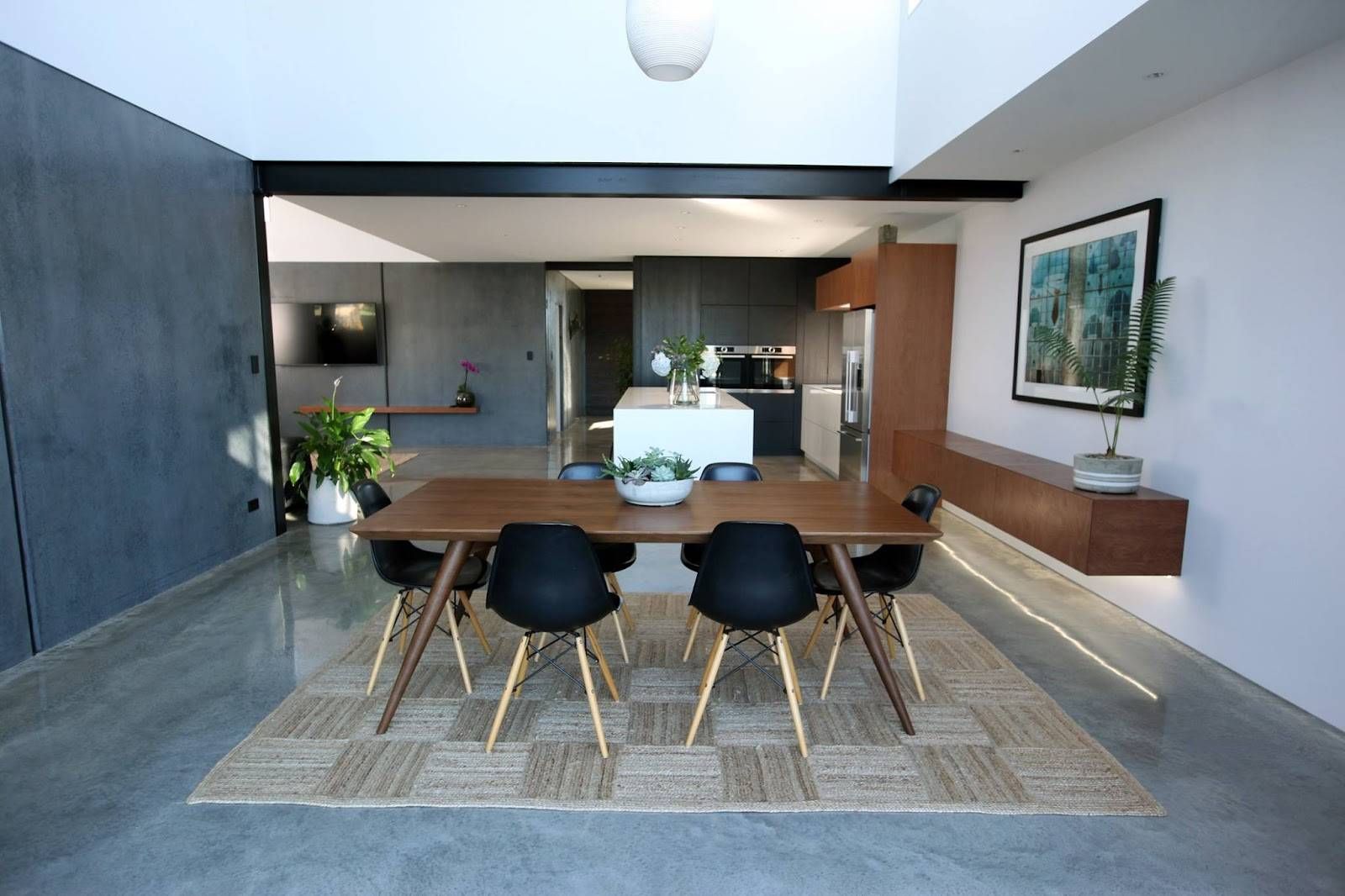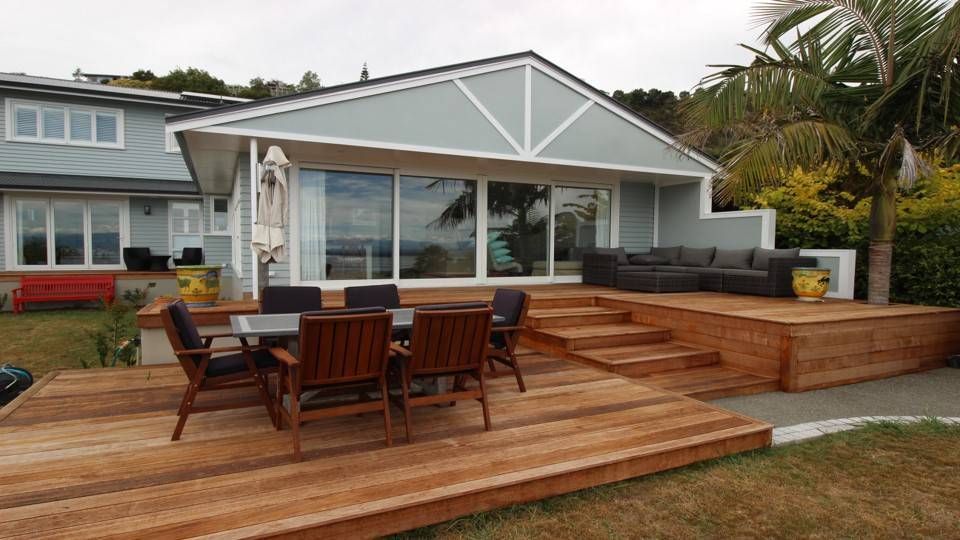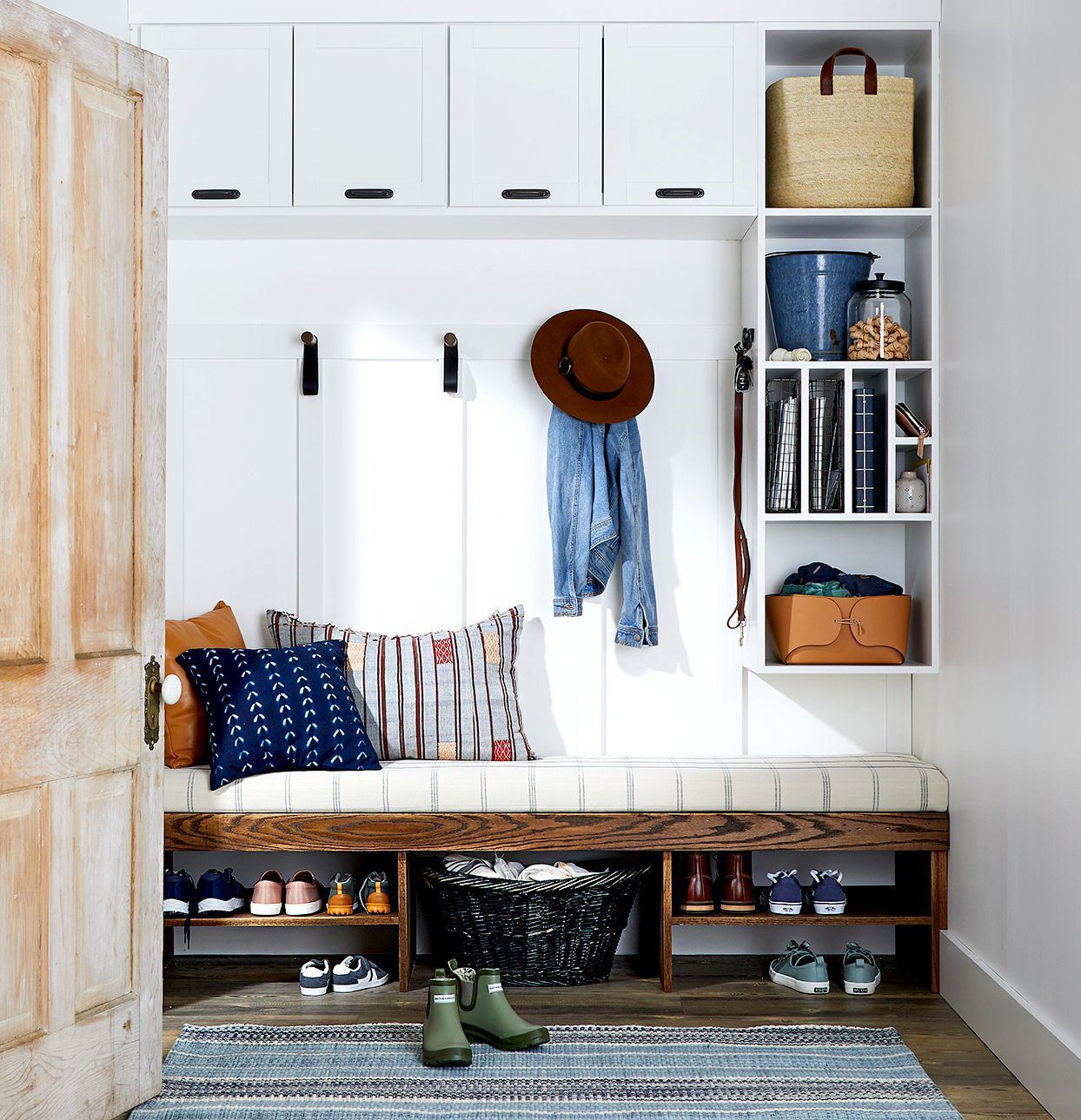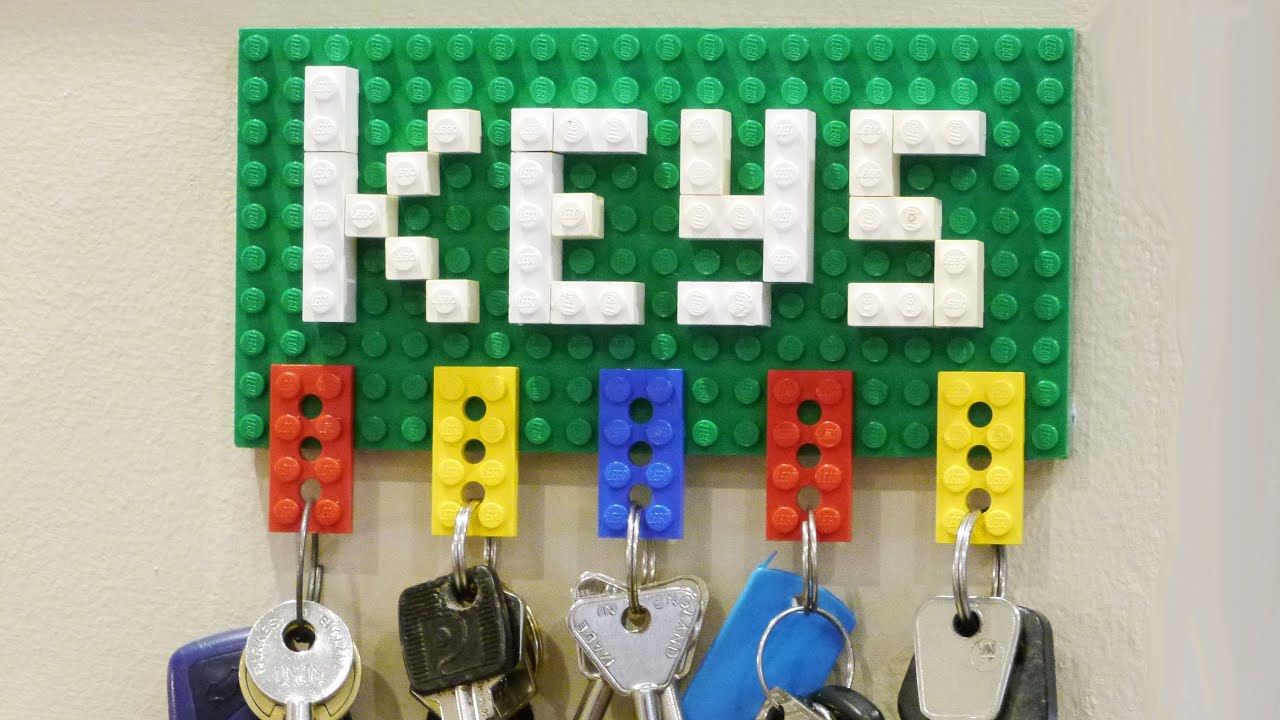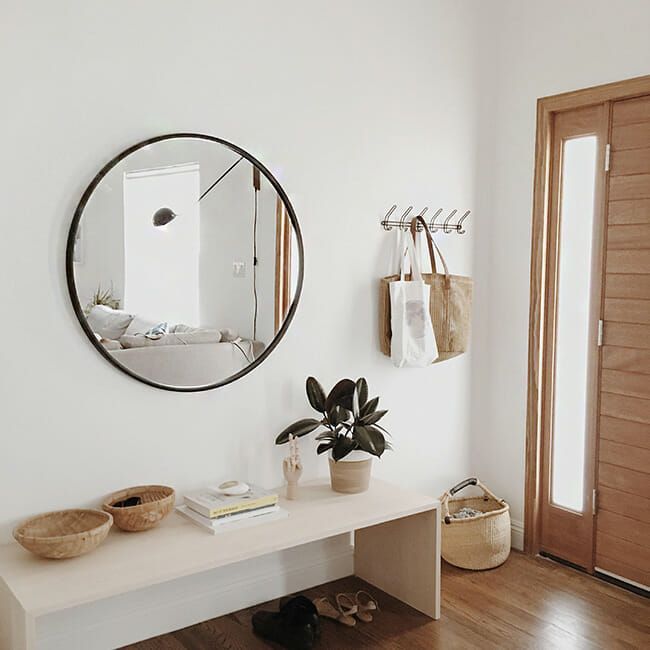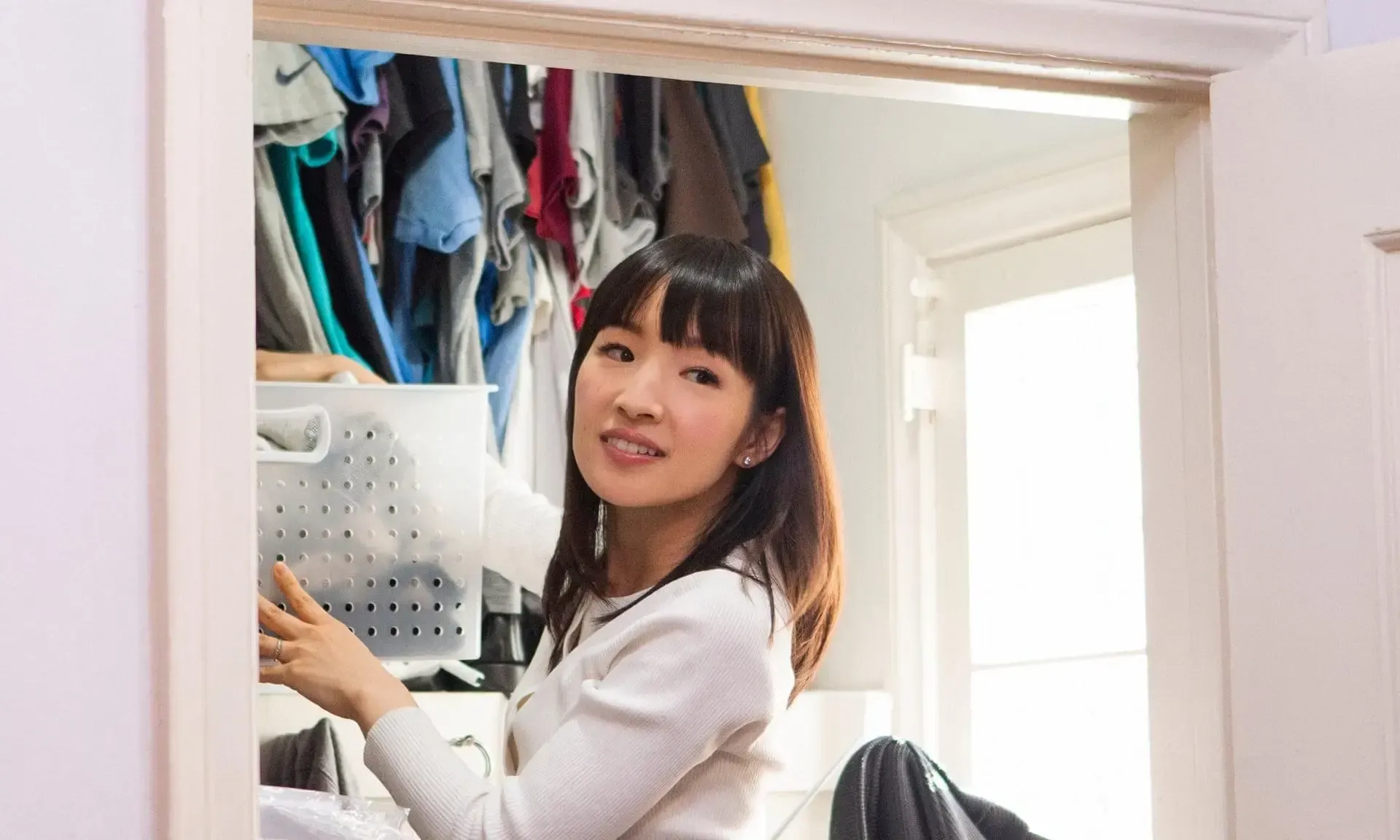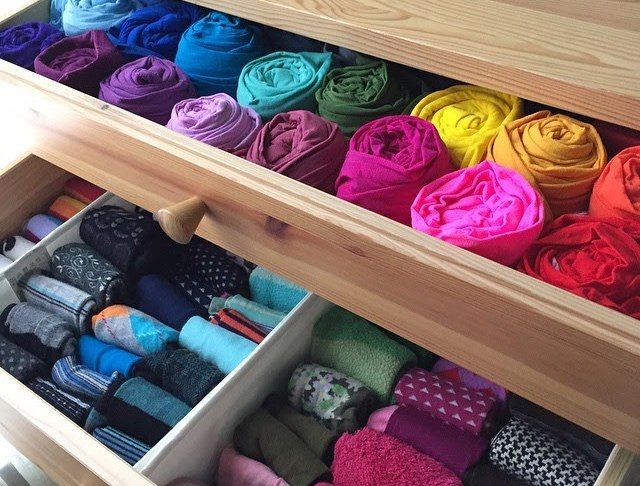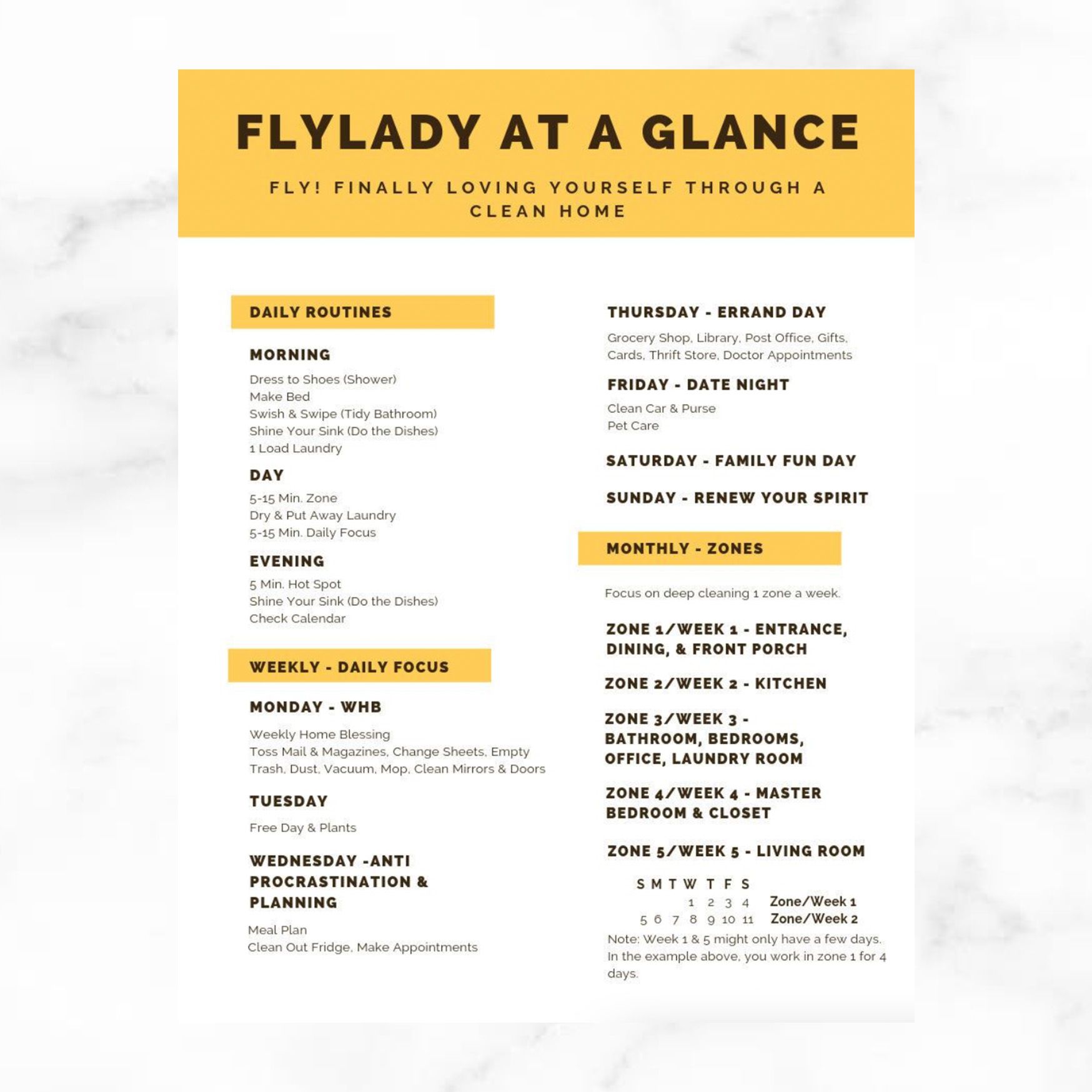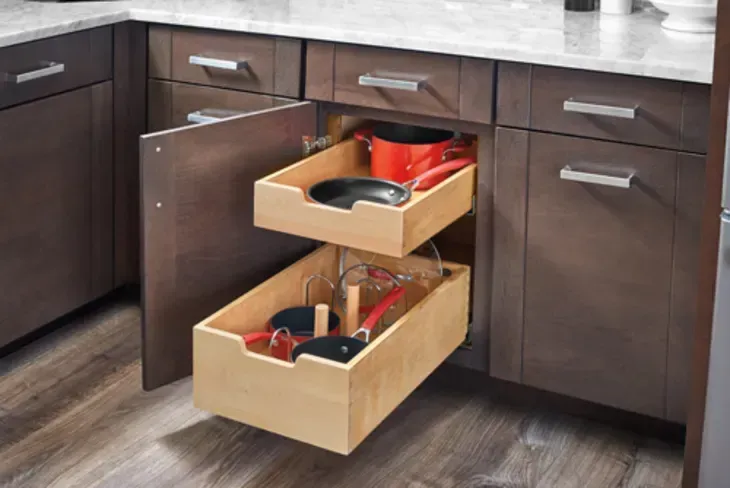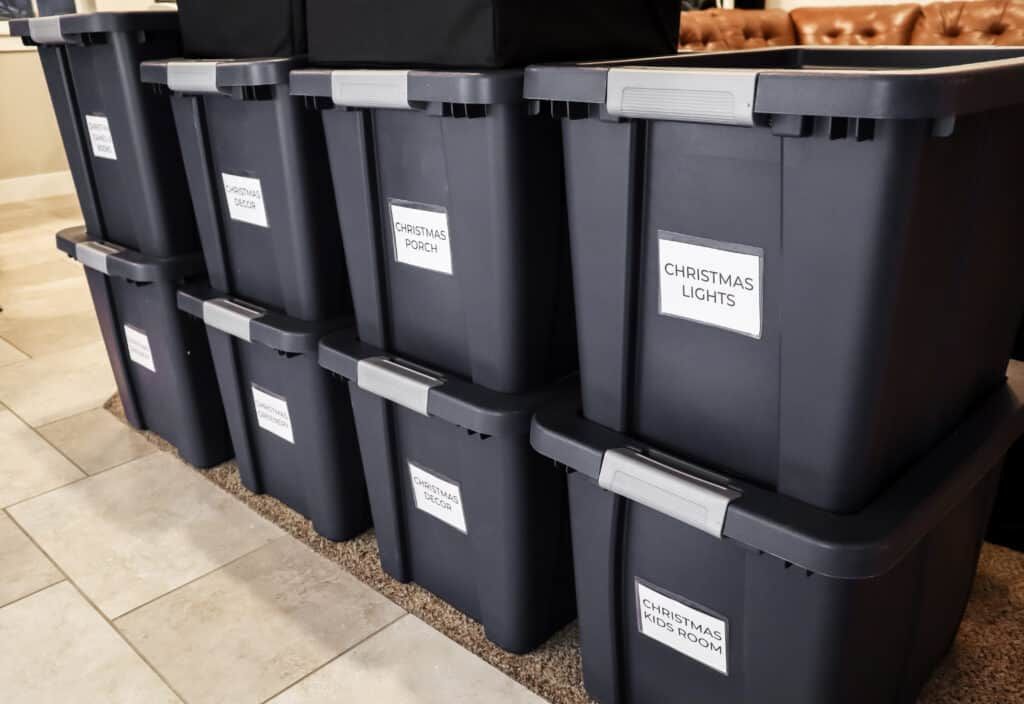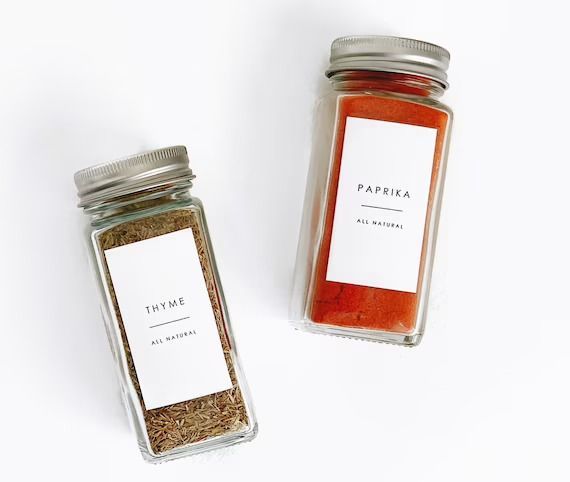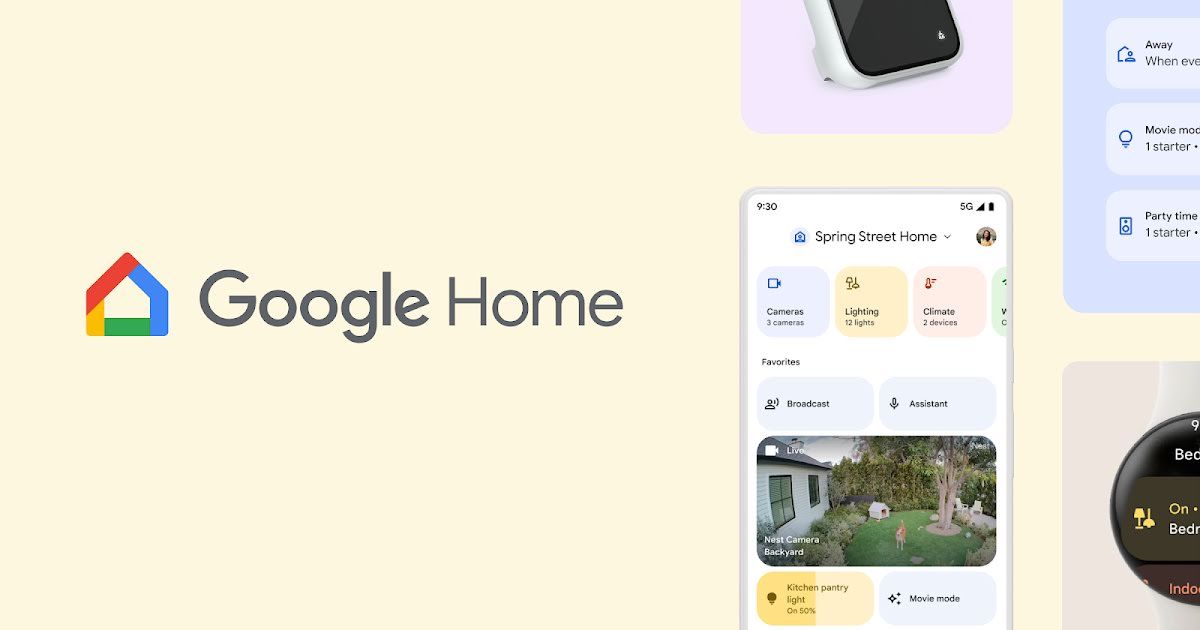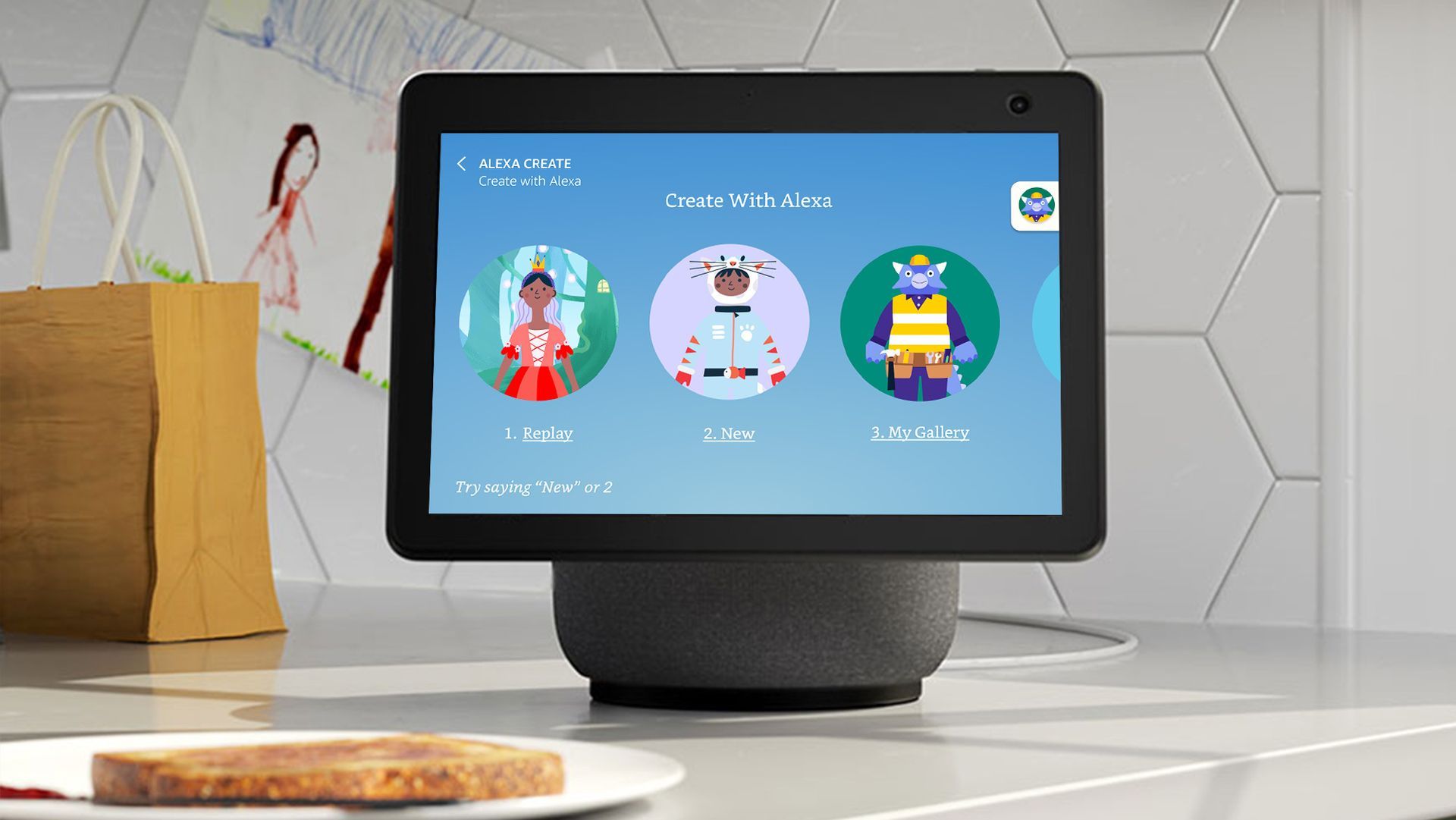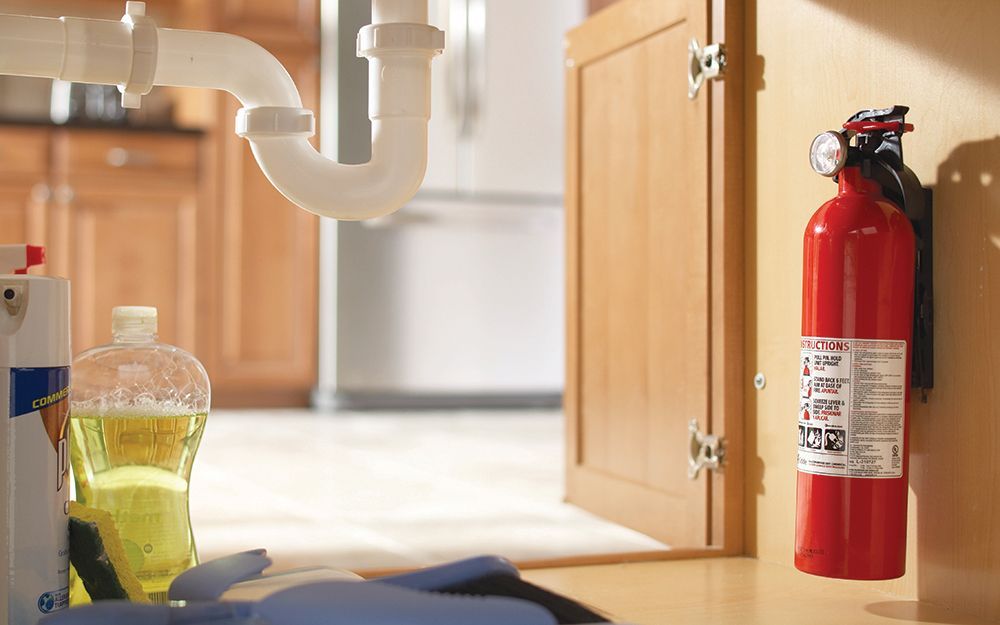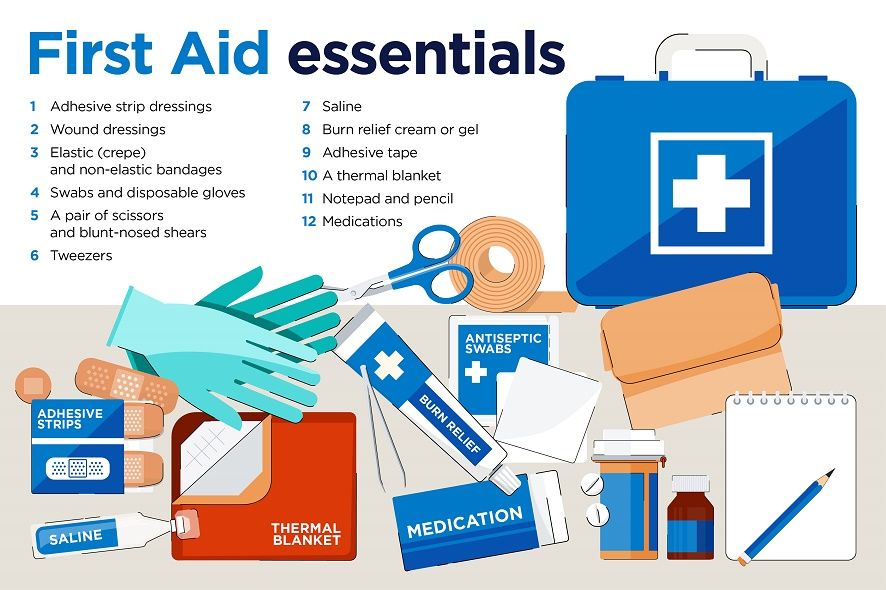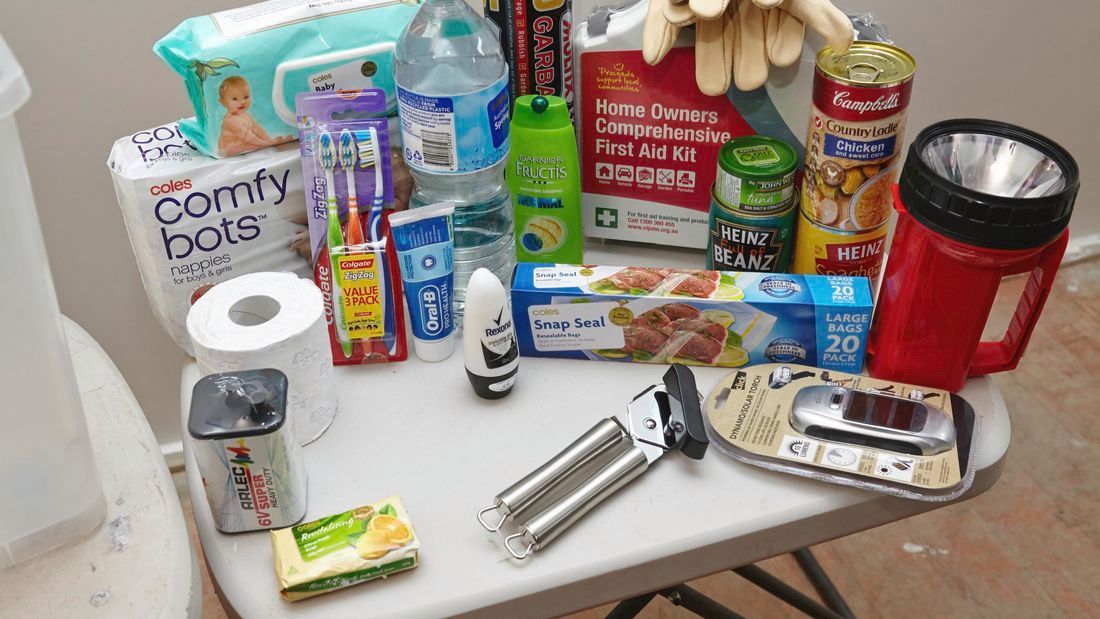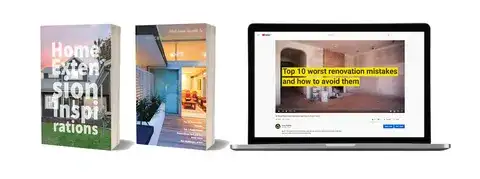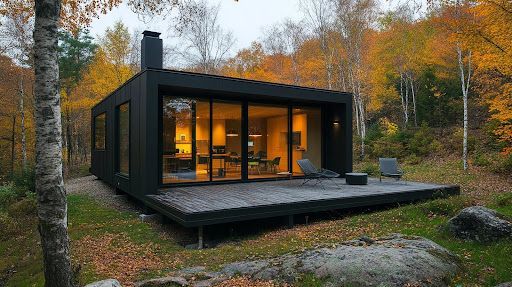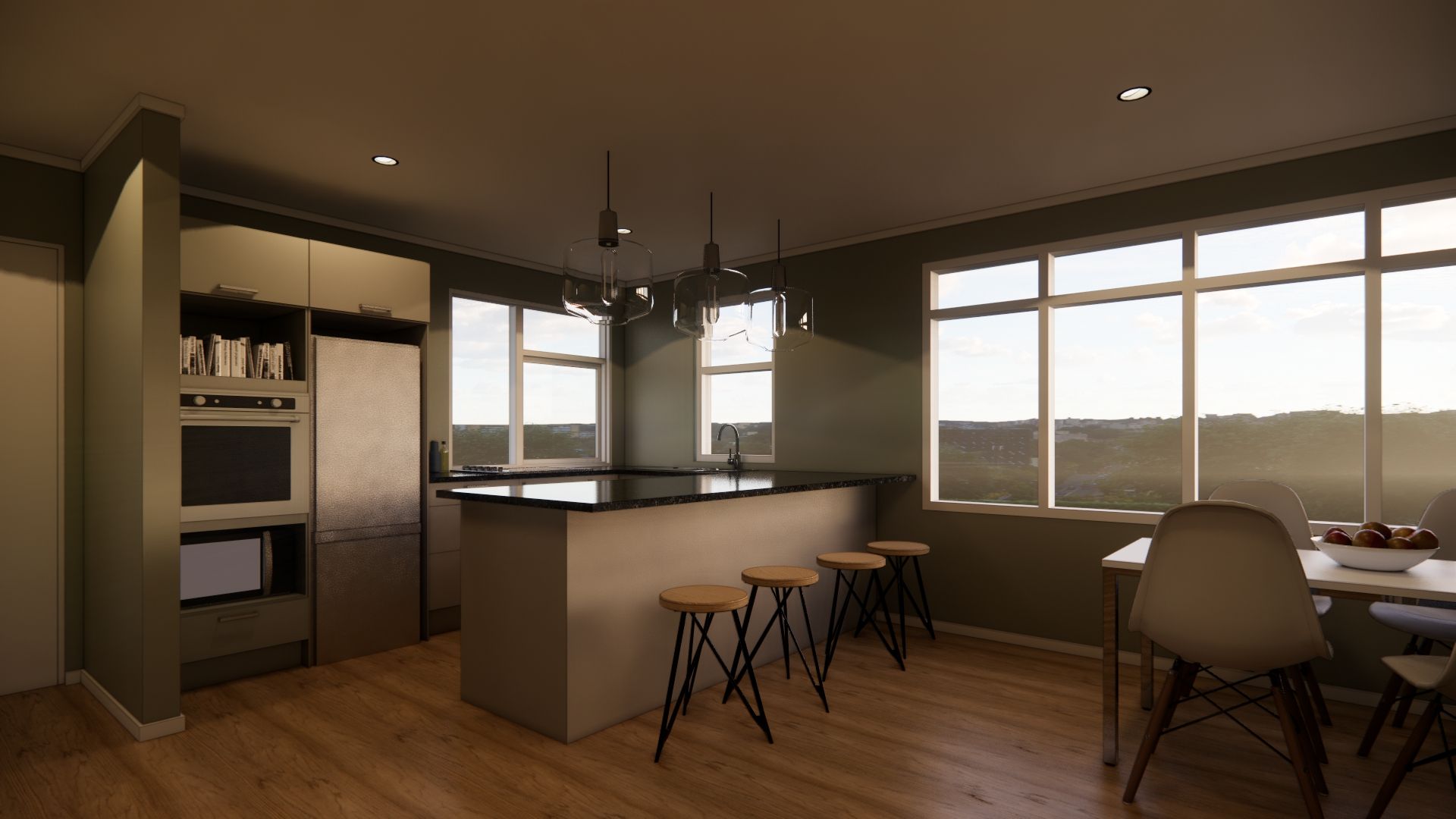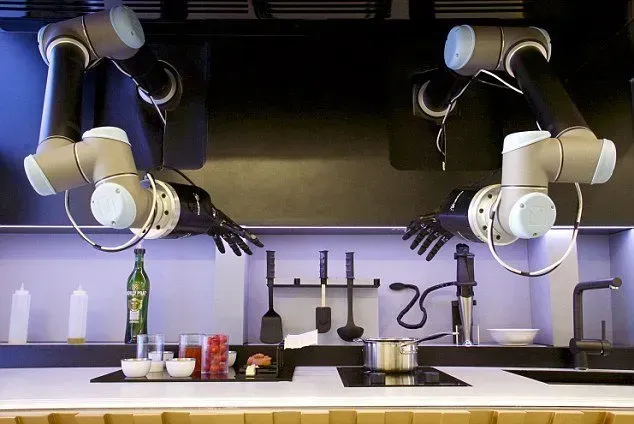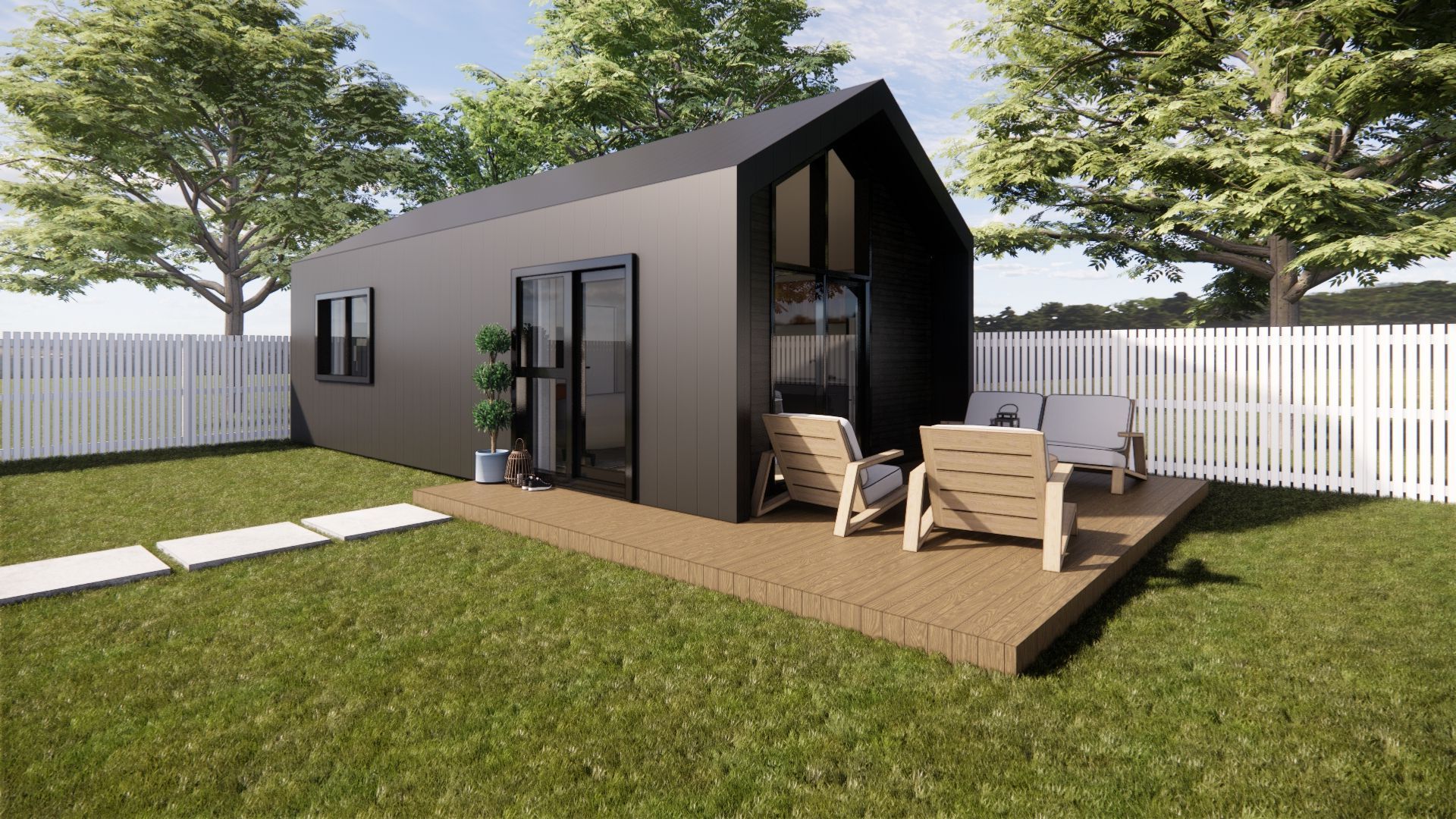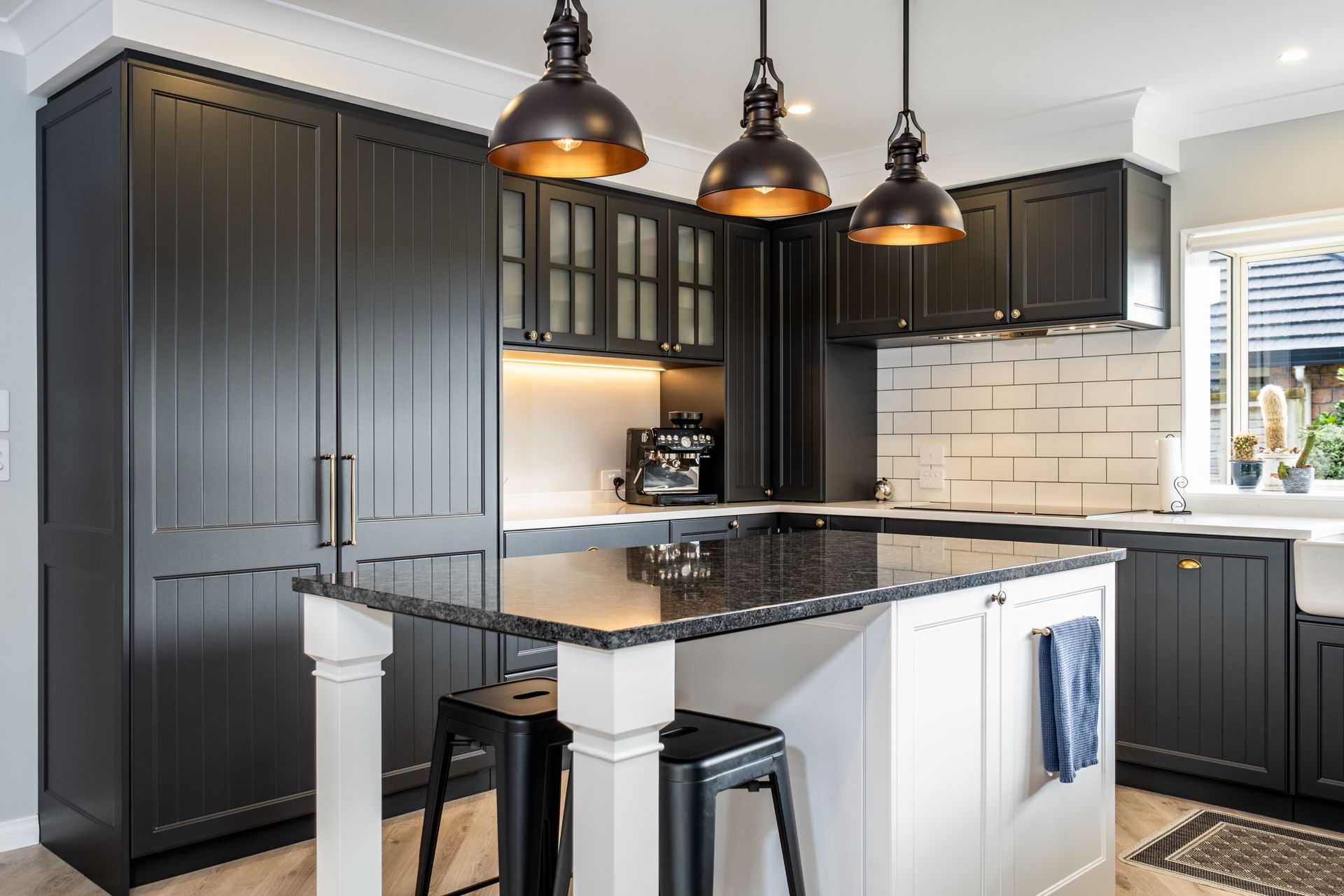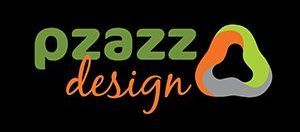Function is ALWAYS in Fashion
William Morris is best known for being a famous textile designer, but in his lifetime he was also quite the wordsmith. The quote below has been a guiding ethos in the way we at Pzazz Design and Build have undertaken home improvements since we started 20 years ago. What you believe to be beautiful can vary a lot from person to person, but those useful things – those are the things we more often agree on!
And it's the topic of today's article: Tips for making spaces more useful and functional. Because function never goes out of fashion.
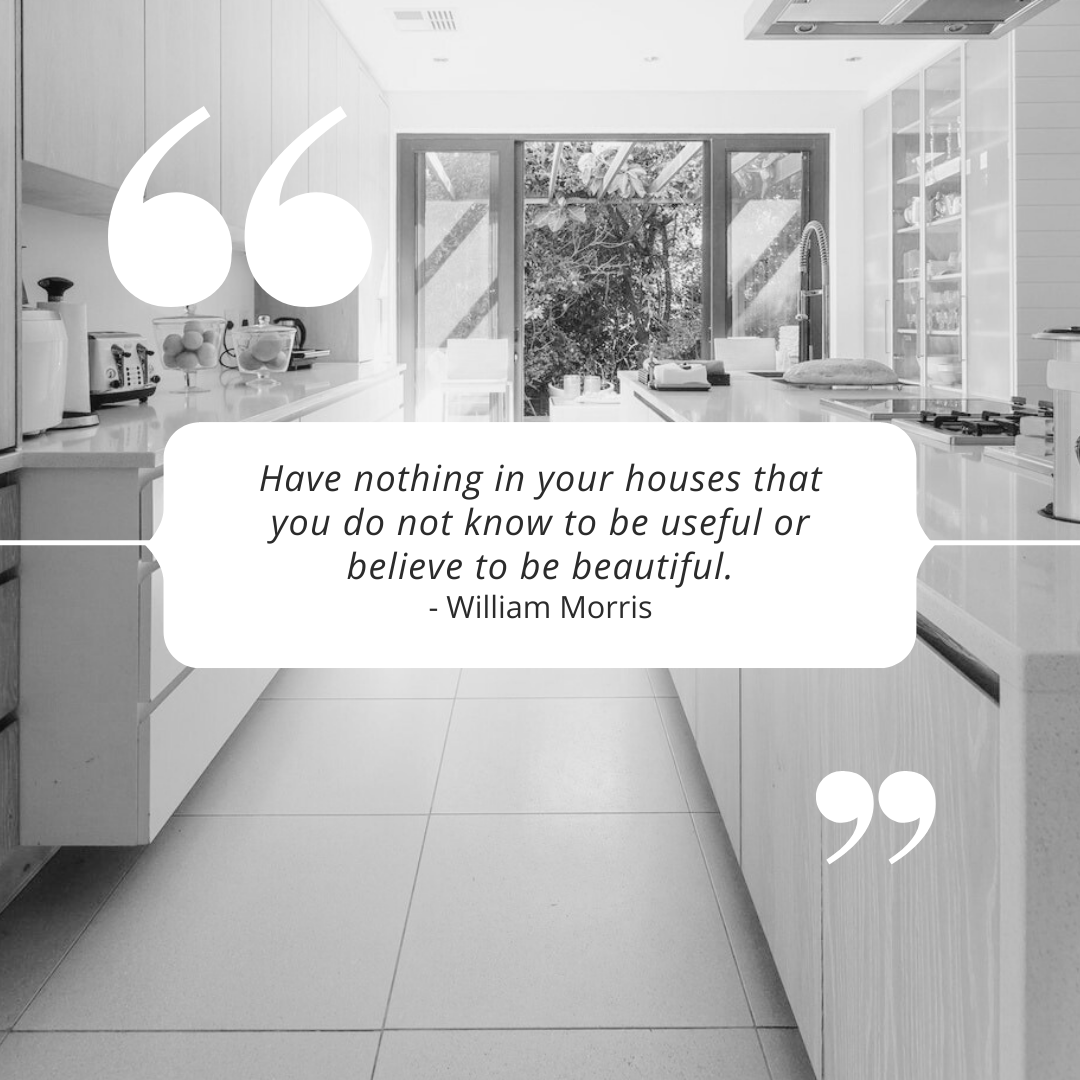
Keep scrolling for our top 5 tips for a functional home!
A Grand Entrance
Okay, perhaps not grand, but a dedicated entry and exit space can make going out and coming home a lot easier and quicker. Something you will appreciate if you've ever tried to herd small children out the door or have a spouse who is forever searching for their keys. Here's what we would include:
- A mirror: For that quick check on the way out that you're looking your best
- A dedicated spot for your keys: This could be a dish or key hooks that match your decor style
- A place to put take shoes on and off: Also somewhere to store them, a bench seat with shoe shelves built in is a great 2 in 1 solution for this
- For those of us in the parts of New Zealand that experience four seasons in one day: Likewise hooks for coats, jackets and umbrellas are imperative
- Hooks for pet leashes: So that when you tell your pup you're headed for a W-A-L-K, everything is in one place and easy to grab
- Hand sanitiser: In the post pandemic era, we are more aware than ever the importance of washing or sanitising our hands when we leave or enter our home
Thinking this all sounds great but there is no way this will all fit? Maybe a mud room entry would be a good fit for you! This is great especially for families who need a zone to take off muddy boots and gear before entering the home.
Click here to check out our Mudroom Inspiration Board on Pinterest.
A strategy to de-clutter and keep on top of mess
Not only is clutter an eyesore, it can affect our anxiety levels, sleep and the ability to focus. It can also make us less productive. A home without clutter will be so much more useful – any enjoyable! But it's a hard task for sure. Luckily there are books and documentaries out there with techniques to help you along the process and provide some guidance.
- The Marie Kondo Method: In broad strokes you go by room by room and pull everything out and put it in a big pile, you then go through each item, hold it and ask yourself "Does this spark joy?" From there, things are sorted into Keep, Donate or Throw Out. For more info, check out Marie Kondo on Netflix.
- Swedish Death Cleaning: A de-cluttering method popularizsed by the 2017 book The Gentle Art of Swedish Death Cleaning- How to Free Yourself and Your Family from a Lifetime of Clutter by Margareta Magnussen. The ethos is to clean your home in a way that will "lessen the burden on my love ones should I die tomorrow". Essentially that means paring down your belongings to essentials and items that truly spark joy for yourself or would spark joy for a friend or family member once you are no longer around to enjoy it. Check out Margareta's book for more info.
- The Fly Lady Cleaning Method: This method tackles day-to-day clutter and mess. Sometimes cleaning is overwhelming and you don't know where to start or when to stop. The Fly Lady method breaks all aspects of home cleaning into 15 minute chunks. The strategy includes daily routines, a daily focus for each day of the week and monthly zones. It looks like a lot on paper but those who commit swear by it – and their homes show the difference! More info on the Fly Lady Method can be found on her website and across all social media. YouTube is my personal favorite (there's something so relaxing about sitting on my sofa watching someone else clean their house.)
Storage that works for you!
As much as we try to de-clutter, we all have stuff we need to store. And how we store it makes such a difference! Your storage needs will vary depend on the space, your preferences and budget, but here are some of our top tips!
- For low-level storage: Wherever possible use drawers instead of cupboards, especially in kitchens. Nobody wants to be on their hands and knees digging out your muffin tin from the back of the cupboard
- Labels are your friend: For boxes or baskets that you can't see into, it's important to add a label that tells you what's inside so when time comes to dig out the Christmas decorations, you're not going through a half dozen boxes to find the right one. Or worse yet, they are spread across numerous boxes which brings us to our next point
- Consolidate zones: All the Christmas items together, kitchen items in the kitchen and toys in the toy box, etc. It sounds obvious, but how often do you find yourself searching in three different spots for the scissors? Take some time to plan and create a system where everything has a spot in the appropriate zone of your house. A place for everything and everything in its place.
- Invest in quality storage solutions that suit your aesthetic: There is no point in being cheap about a storage solution you hate the look of. Some of our favorites are the clear acrylic food containers with bamboo lids from Kmart and these minimalist spice jar labels from Etsy. If you live in a bug-prone area, glass spring-clip jars with silicone seals are very effective, as well as long-lasting, attractive and eco-friendly. They’re very inexpensive from Kmart or The Warehouse.
Home Automation
Our homes are getting smarter and smarter. The technology behind home automation ranges from simple to comprehensive, depending on your needs. A great way to start is with a Google Home or Amazon Alexa unit. These are jampacked with clever features which are activated by voice commands or an app on your phone. Some of our favorite features include:
- Make announcements to units throughout the house – great for requesting a cup of tea in bed
- Call other units in your home or your friends and family on the same system
- Set timers and alarms - great for cooking!
- Play music, podcasts and audiobooks
- Report the news and weather forecast
- Do math for you – thank goodness
- Tell stories and jokes
- Control lighting throughout your house
- Control heating
And there is lot more if you're an enthusiast. YouTube has loads of interesting channels dedicated to making your house as smart as possible.
Safety, Safety, Safety!
Perhaps the least glamorous but most important things in our homes are the things we need in an emergency! Of course, we hope you never need to use any of the below, but it's much, much better to have them and not need them than need them and not have them.
- Fire Extinguishers or Fire Blanket
- First Aid Kit
- Emergency Kit: Civil Defence NZ advises preparing an emergency kit that could sustain you and your family to shelter in place for three days or more. This should include:
- Food that is long-lasting and non-perishable – don't forget food for babies or pets also
- Water for three days or more– nine litres per person is recommended to cover drinking water and water for basic hygiene
- Toilet paper and large plastic buckets for an emergency toilet
- Work gloves and a properly-fitted P2 or N95 mask
- Torches and candles – and matches or a lighter
- Think about other things that could be useful to you and your family such as entertainment, treats, games or a crafts to entertain everyone.
- Last but certainly not least, a can opener so that you can open your canned goods!
Like more home inspirations, ideas and tips?
Subscribe to our Come Alive! Newsletter
It's FREE and comes to you via email every month providing informative articles, tips and ideas!
Newsletter Form
Visit our FREE E - Library
Have you thought about renovating but don't know where to start? Browse and download a variety of E-Books and other resources that cover tips and tricks, latest trends and renovation processes.
